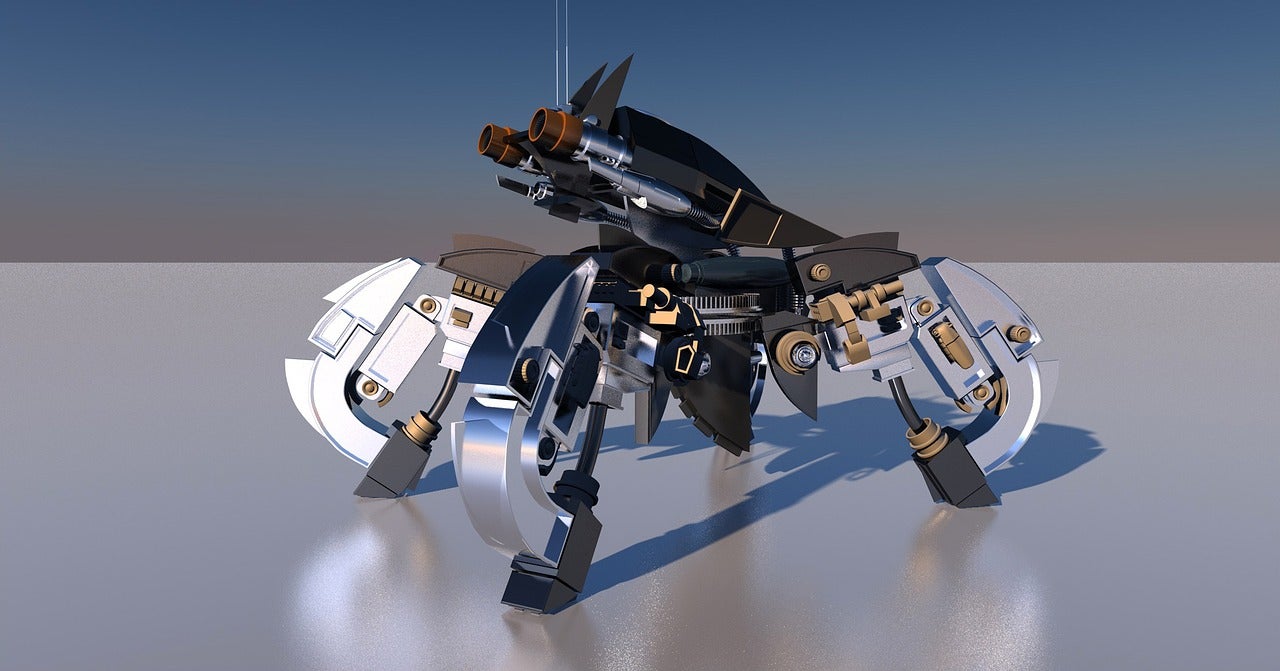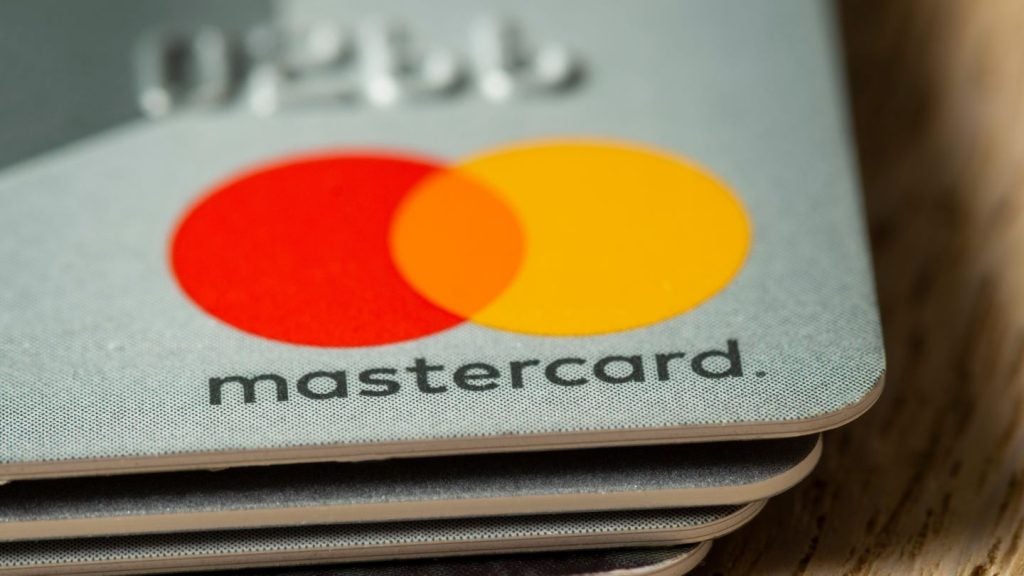
Concept: Massachusetts Institute of Technology (MIT)’s Computer Science and Artificial Intelligence Laboratory (CSAIL) researchers have developed a system called ‘series elastic end effectors’ (SEED) that enable robots to use grabbed tools correctly and successfully. It was developed in partnership with the American Toyota Research Institute (a technology research unit of Toyota). The system can grasp tools and use the ideal amount of force for a particular activity such as squeegeeing up liquid or writing a word with a pen.
Nature of Disruption: SEED leverages soft bubble grippers and embedded cameras to map how the grippers deform over a six-dimensional space and applies force to a tool. The object can move left, right, up, down, back and forth, roll, pitch, and yaw using six degrees of freedom. The closed-loop controller utilizes SEED and visuotactile feedback to adjust the position of the robot arm to apply the desired force. The closed-loop controller is a self-regulating system that maintains the desired state without human interaction. The system helps the robot to track in real-time how the grippers are changing shape around. This offers recent 3D images from the grippers for every execution the robot senses. The robot disturbs a force torque sensor to determine how rigid the bubble grippers are and uses this information to build a learning model. It uses these 3D images to recreate the tool’s position and translate it into measured force using the learning model. The robot then compares the force it sensed to the force it received from the user and moves in the direction to increase the force in the 6D space.
Outlook: Robots are quite proficient at operating in highly regulated environments such as on assembly lines for cars. Interaction with multiple objects and environments can be challenging for robots. Moreover, machines are still unreliable when it comes to applying the proper amount of force to operate tools that are not firmly linked to their hands. MIT and Toyota’s research addresses these issues and helps robots perform tasks with the required amount of force. The researchers successfully demonstrated how SEED provides the right amount of force to wipe up some liquid on a plane. Moreover, the robot was able to drive a screw with just the proper amount of force and write the word ‘MIT’ on paper when instructed. Despite SEED’s awareness that it needs to control the force or torque for a certain activity, there is a maximum amount of force to be applied before the object slips. Users can simulate softer systems than inherent mechanical stiffness if the robot is stiff. MIT intends to explore the possibility of controlling a very soft six degrees of freedom stiffness directly at the hand or tool interface and demonstrate a few good benefits of doing that.







